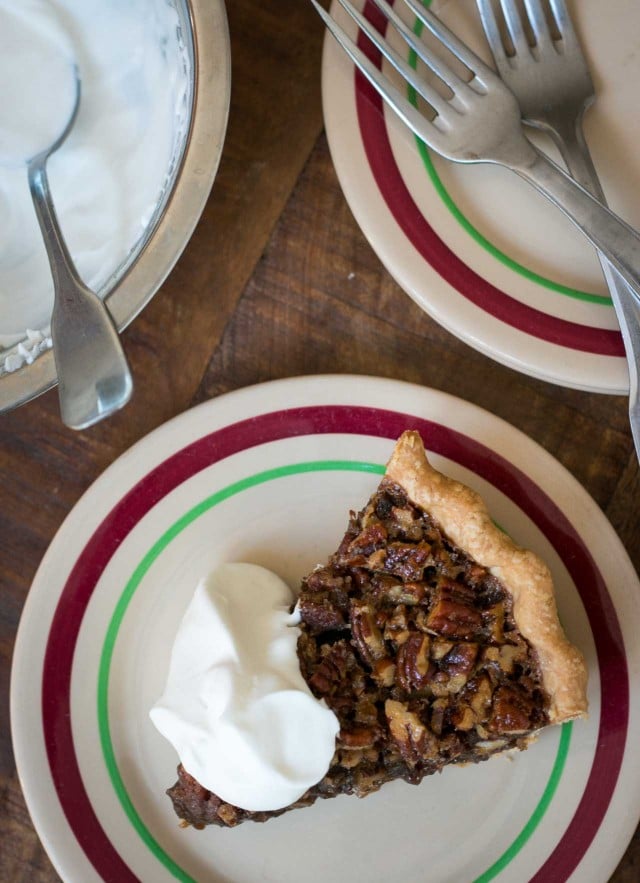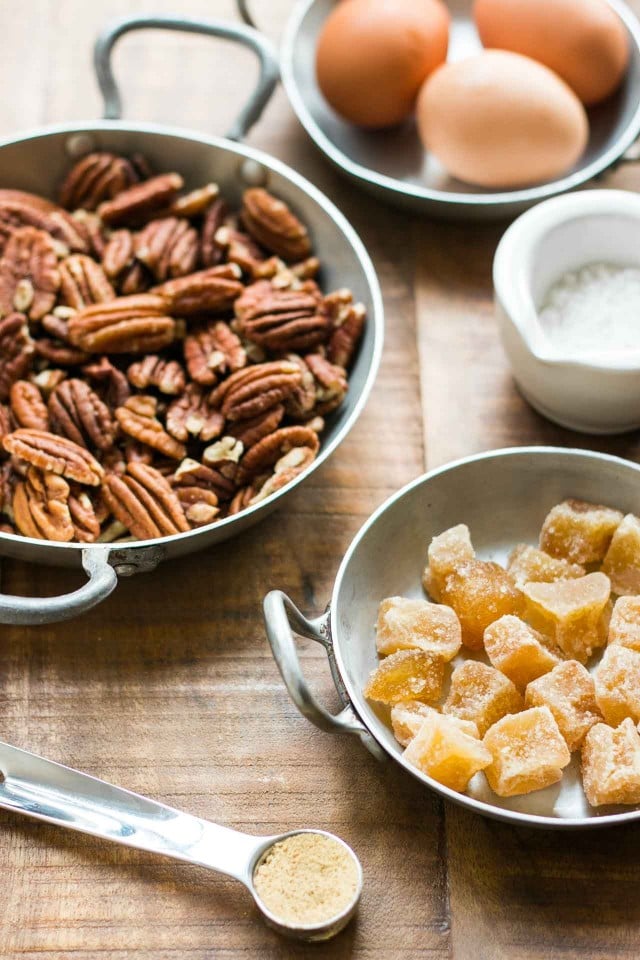
I wasn’t planning on beginning this post for a pie recipe with anything other than a story about how much I liked it, encouraging you to make it. (Which I’ll get to later.) But after I had started writing it, several neighborhoods in Paris came under attack, including mine, and I put everything on hold.

Cafés and restaurants that I knew, and areas that I frequent, were targets, as was the area around the theatre where my outdoor market is, which suffered the worst of it. Everyone I know is okay, but others were not so fortunate. It’s a crazy world we are living in and often we just see it on television and switch the channels to something more entertaining, so we don’t have to think about it. But when it happens right outside your door, or in a city that you love so much (whether you live there or are just an occasional visitor), you can’t avoid the shock and the grief. In addition to some introspection, my hope is that this will bring a conversation and dialogue that will somehow address why – and how – this happened, and where to go from here.
Continue Reading Bourbon-Ginger Pecan Pie...